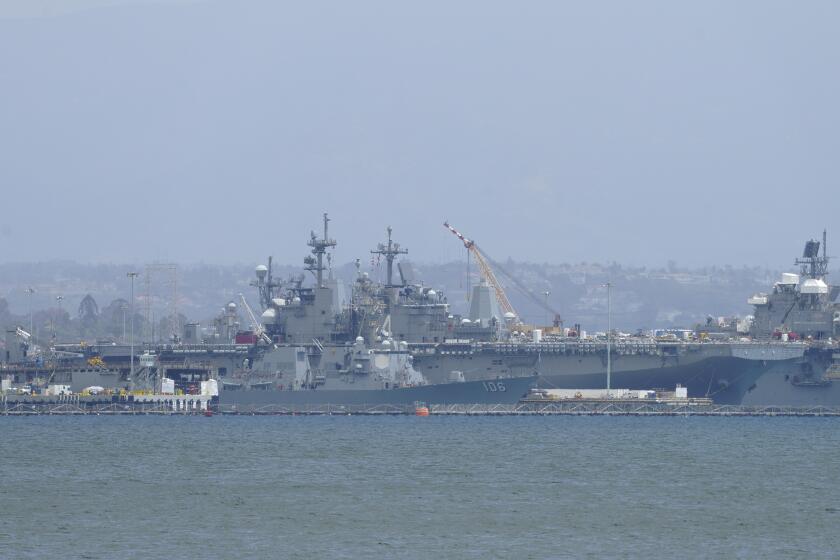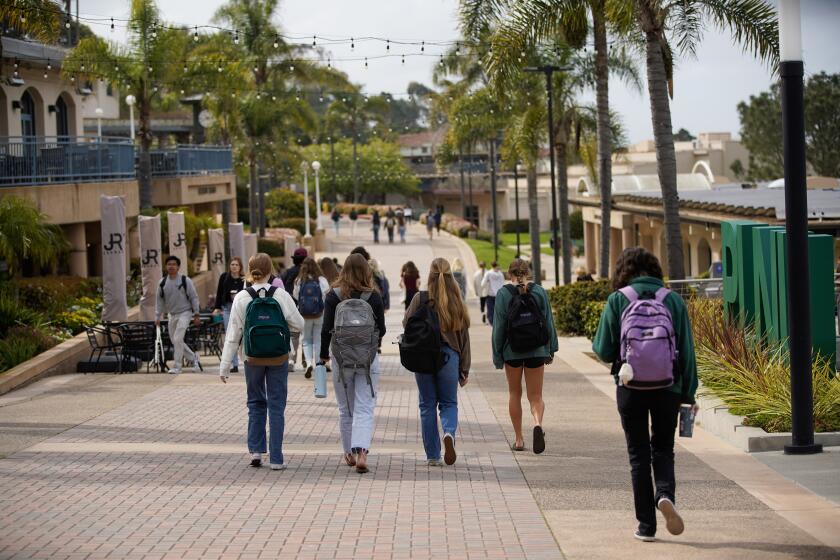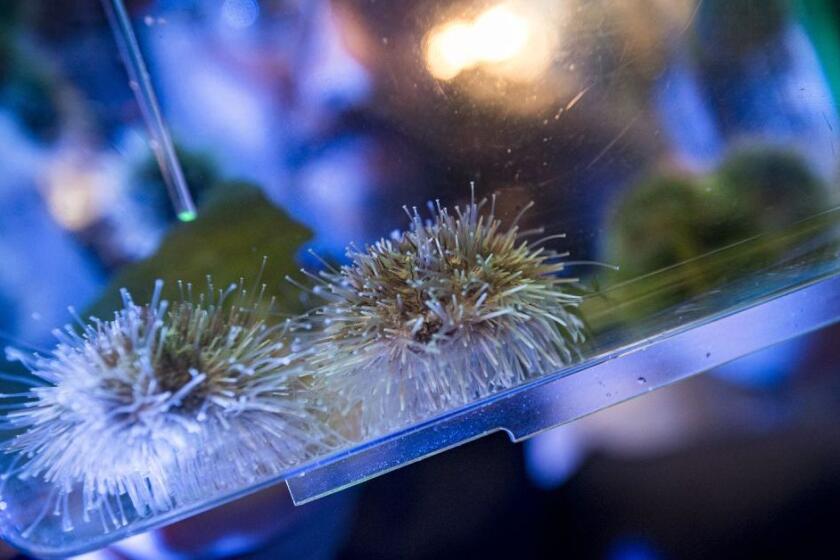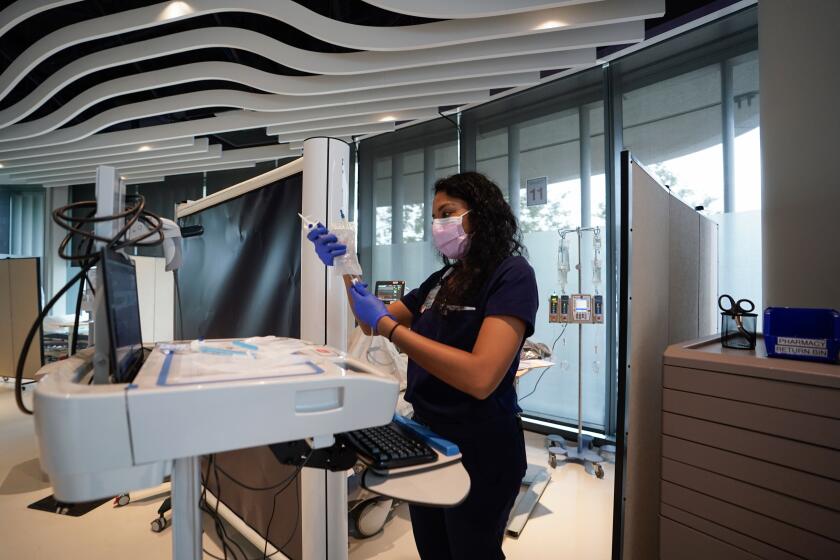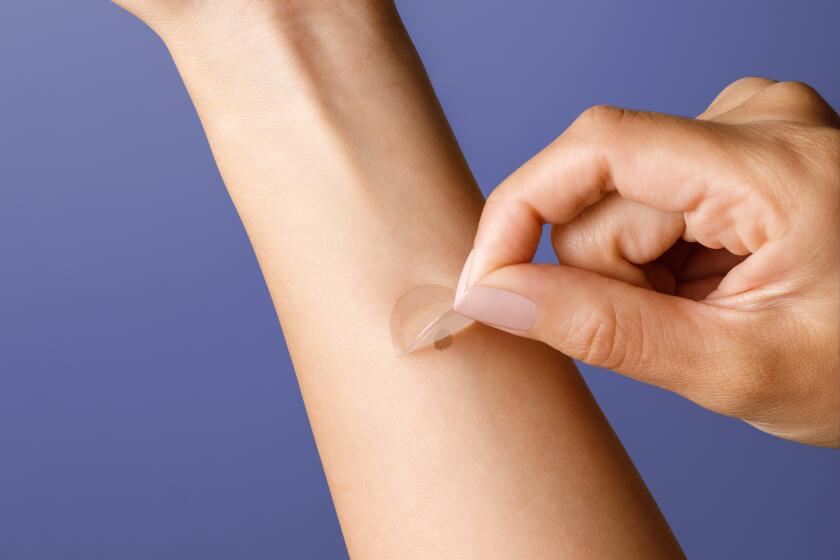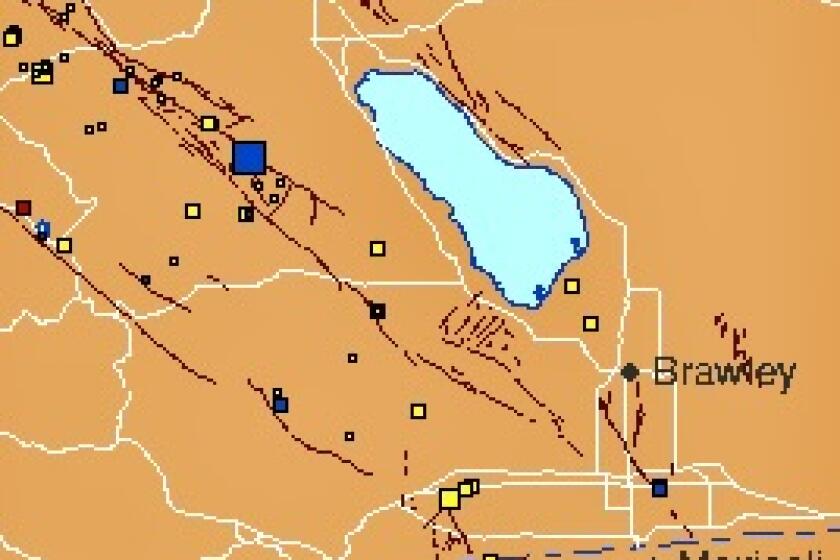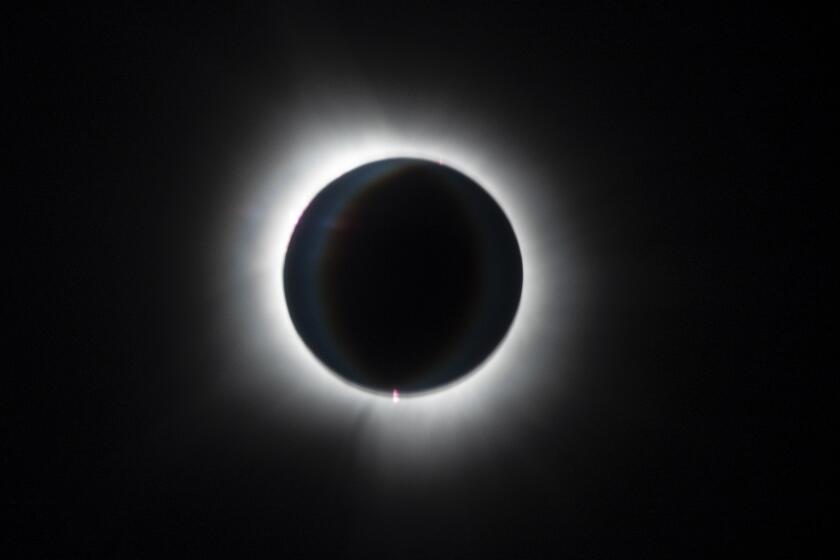Robot finds ‘killer sponges’ off La Jolla
A remotely-operated vehicle (ROV) moving through the deep, dark waters northwest of La Jolla discovered a new species of poisonous sponge -- a twig-like carnivore that is able to survive in one of the most hostile environments in the northeastern Pacific Ocean.
The underwater robot was directed by scientists from the Monterey Bay Aquarium Research Institute (MBARI), which found three similar species along the West Coast and Baja California.
“Killer sponges sound like creatures from a B-grade horror movie. In fact, they thrive in the lightless depths of the deep sea,” MBARI said in a statement. “Scientists first discovered that some sponges are carnivorous about 20 years ago. Since then only seven carnivorous species have been found in all of the northeastern Pacific. A new paper authored by MBARI marine biologist Lonny Lundsten and two Canadian researchers describes four new species of carnivorous sponges living on the deep seafloor.”
Kim Fulton-Bennett, a spokesperson for MBARI, told U-T San Diego, “We weren’t actually looking for sponges, but were studying the bacteria and other life around a methane seep” when the finding off La Jolla was made. The sponge was spotted by the ROV Doc Ricketts about 3,340 feet beneath the ocean’s surface. Scientists named the species
Asbestopluma rickettsi, in honor of biologist Ed Ricketts, a main character in John Steinbeck’s famous novel Cannery Row.
The MBARI statement said, “This sponge was observed at two locations offshore of Southern California. At one of these spots, the sponge was living near colonies of clams and tubeworms that use bacteria to obtain nutrition from methane (natural gas) seeping out of the seafloor. Although A. rickettsi has spines, the researchers did not see any animals trapped on the specimens they collected. Ongoing research suggests that this sponge, like its ‘chemosynthetic’ neighbors, can use methane-loving bacteria as a food source.”
Get Essential San Diego, weekday mornings
Get top headlines from the Union-Tribune in your inbox weekday mornings, including top news, local, sports, business, entertainment and opinion.
You may occasionally receive promotional content from the San Diego Union-Tribune.

